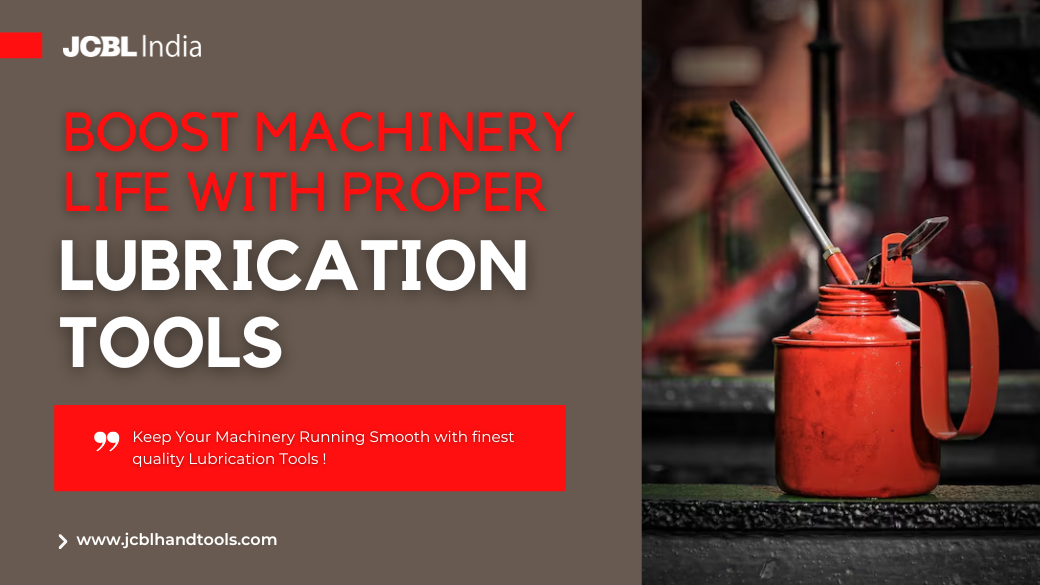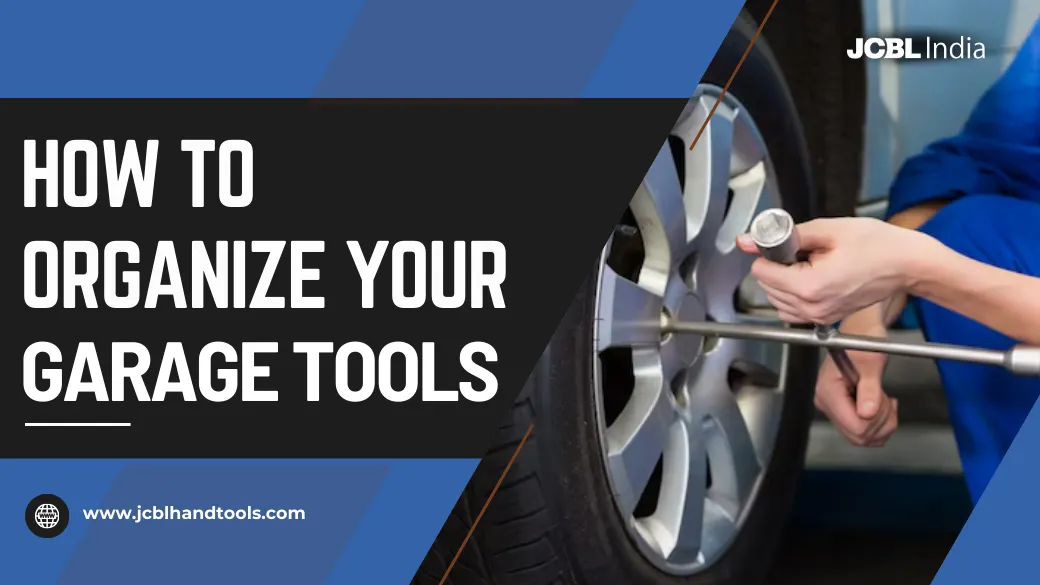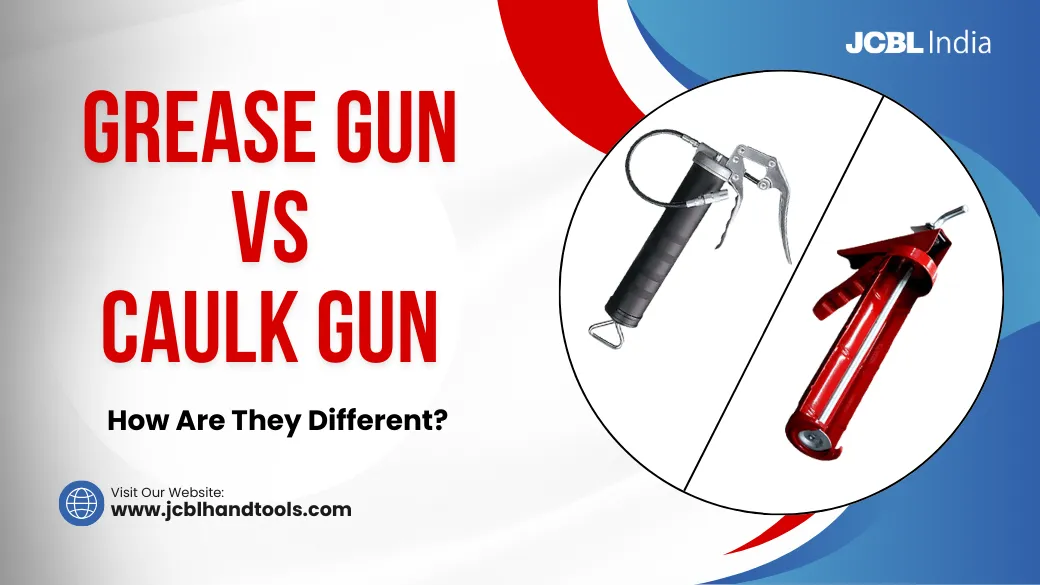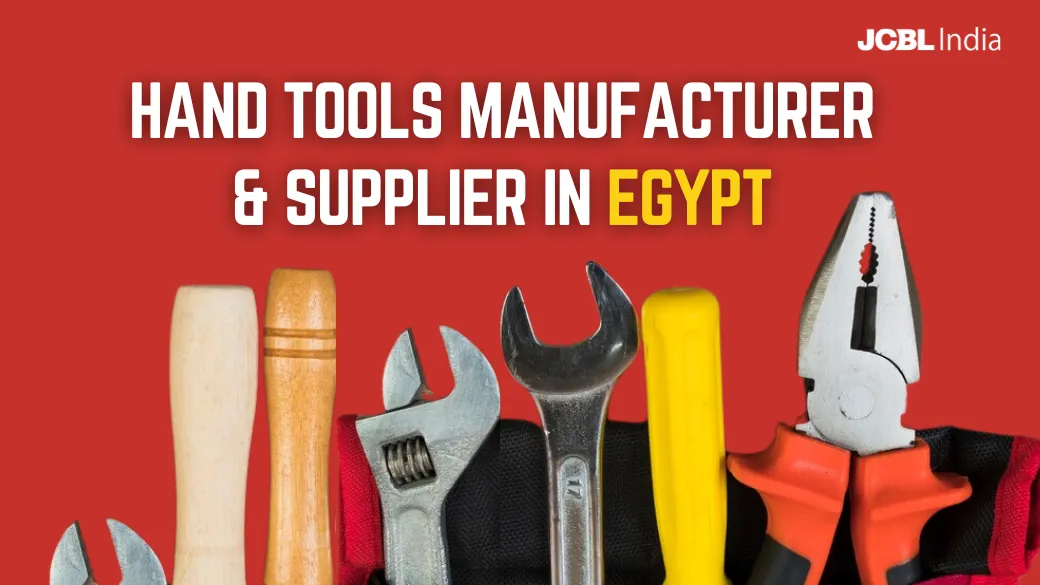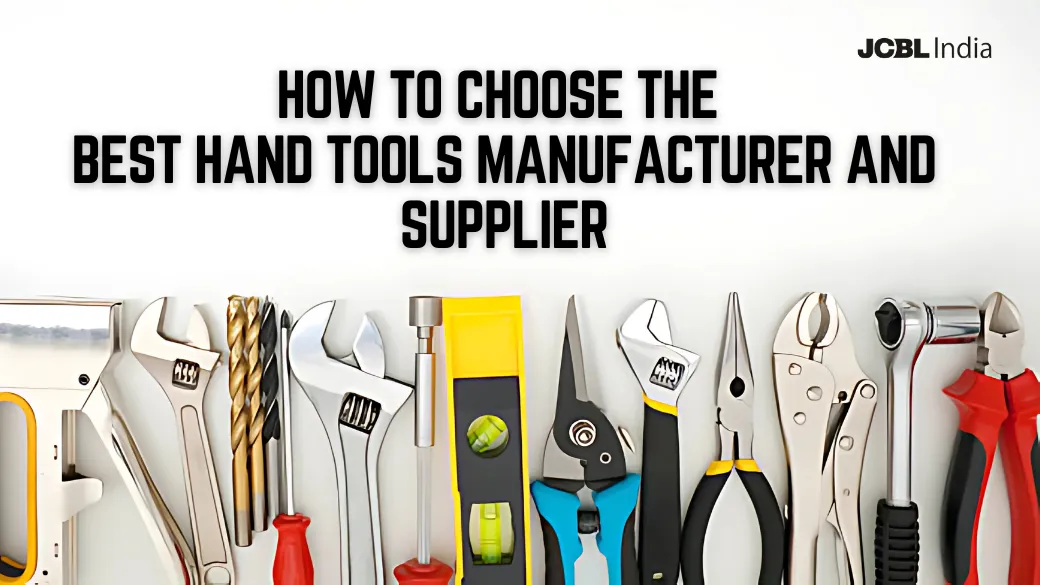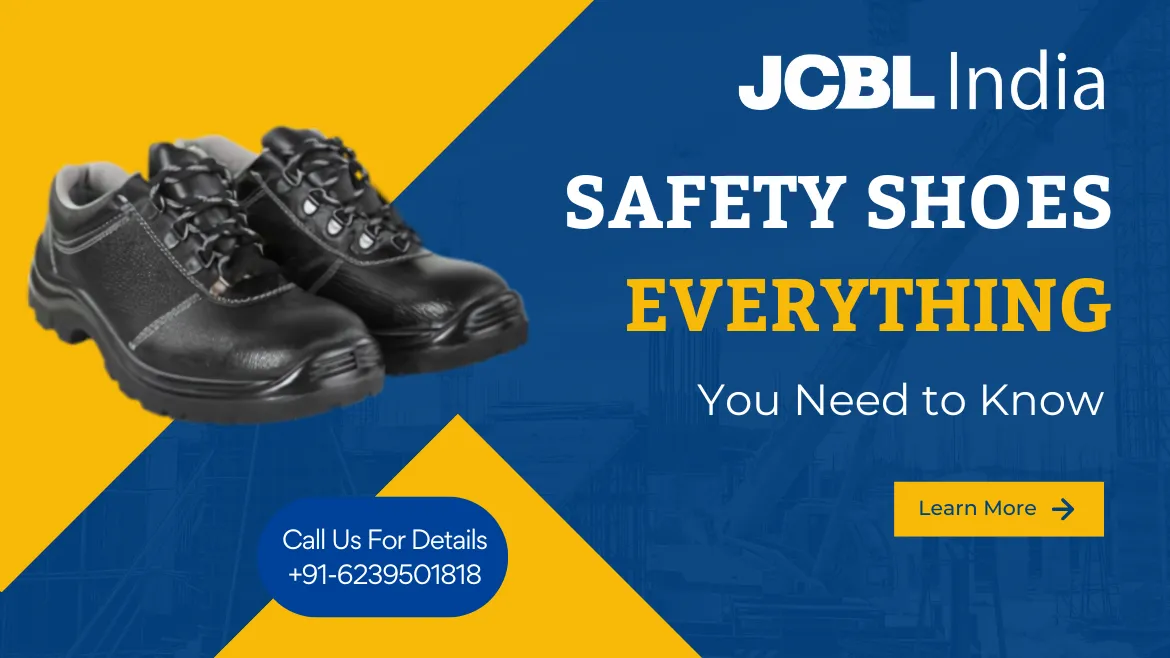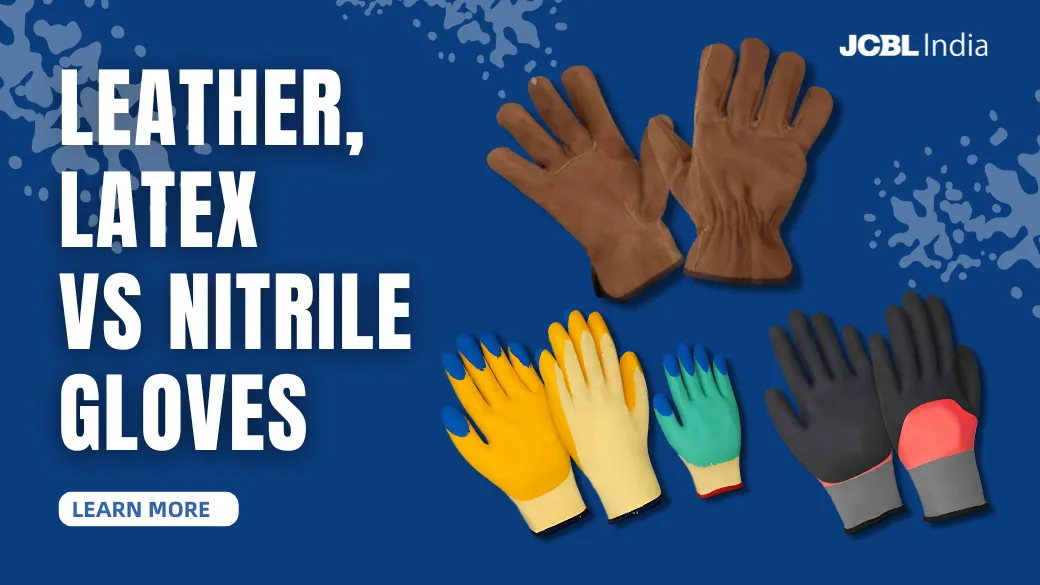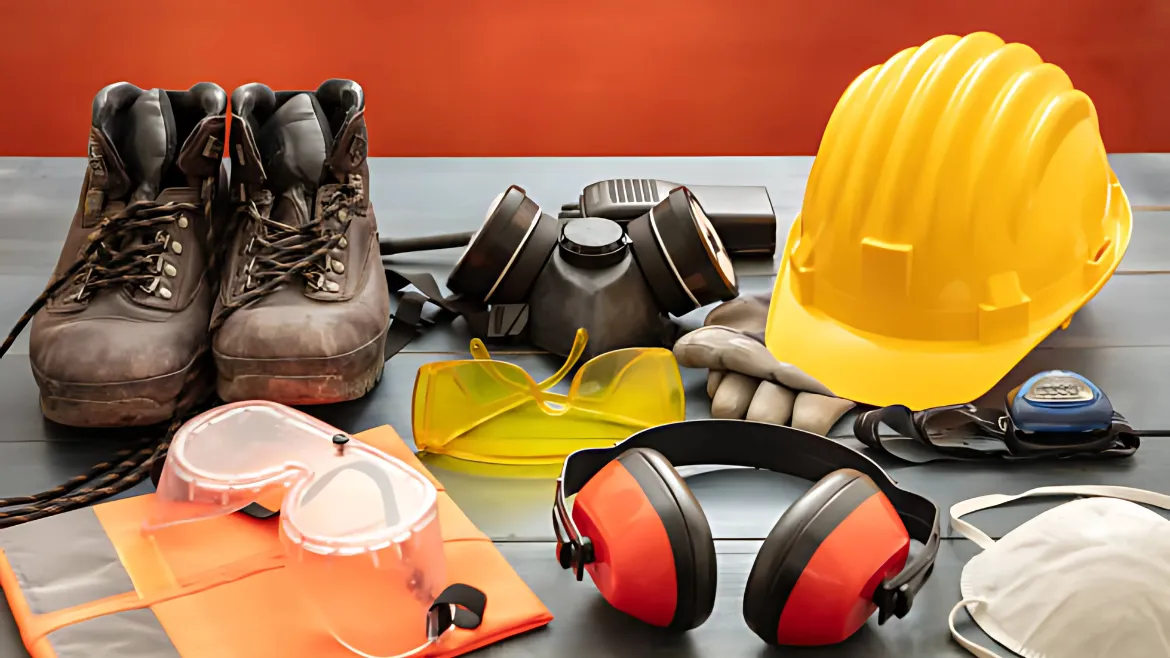In this era, machinery is the backbone of many industries, including automotive, manufacturing, construction, and agriculture. Ensuring the longevity and efficiency of these machines is important for reducing downtime, cutting costs, and maximizing productivity. One of the key factors that is often overlooked in maintaining machinery is proper lubrication. Lubrication is an important step in machine maintenance that has an impact on machine performance and longevity. To lubricate different types of machines, distinct lubrication tools are used. In this blog, we will explore how lubrication tools help extend the life of your machinery and help you choose the right one for your machinery.
Understanding the Concept of Lubrication in Machinery
Lubrication is the process of applying lubricant to moving parts of a machine to reduce friction and wear between them. There are different types of lubricants, such as grease, oil, and mixed lubricants. They create a protective layer between moving parts to prevent direct contact and reduce wear. The primary objectives of lubrication include:
- Reducing Friction: Minimizing resistance between moving parts ensures smoother operation.
- Dissipating Heat: Lubricants absorb and carry away heat generated by friction.
- Preventing Wear and Tear: By reducing contact, lubrication minimizes material degradation.
- Protecting Against Corrosion: Many lubricants contain additives that shield metal parts from rust and corrosion.
Common Problems Caused By Poor Lubrication
You might not be aware, but poor lubrication can lead to a variety of issues that affect the performance and lifespan of the tools and machinery. Below are some of the common problems that you can encounter due to poor lubrication:
- Increased Friction: If there is insufficient lubrication, the friction between the metal parts increases, and the parts grind against each other, further increasing wear and tear of machine parts.
- Overheating: Improper lubrication increases friction between the parts, leading to the generation of excessive heating. Overheating can make the machine parts twisted or warped.
- Increased energy consumption: Machines with poorly lubricated parts require more energy to overcome friction, leading to higher operational costs.
- Corrosion and contamination: Poor lubrication exposes the metal parts to moisture and contaminants, leading to rust and corrosion.
Addressing these issues requires not only the right lubricants but also the proper tools to apply them effectively.
Types and Roles of Lubrication Tools
Lubrication tools are the specialized equipment that are designed to deliver lubricant to specific parts of machinery with precision. These tools allow one to apply lubricant in the right quantity, at the right intervals, and at the right location. Based on the area of use, lubrication tools are of different types. Here are some of them:
Caulk Gun
A caulk gun is a manual or powered tool designed to apply viscous substances like sealants or adhesives. In lubrication tasks, specialized caulk guns are used to dispense lubricants such as grease or heavy oils into specific areas. The tool allows precise application, making it ideal for joints, seams, or areas requiring a controlled bead of lubricant. Caulk guns are often used in automotive, construction, and maintenance industries to ensure smooth operations and prevent material wear or corrosion.
Grease Pump
A grease pump is a high-capacity lubrication tool designed to handle bulk lubrication needs. These pumps are often pneumatic or manually operated, delivering grease under pressure to equipment or machinery. They are commonly used in industrial settings where heavy-duty machinery requires consistent lubrication over long periods. The grease pump’s role is crucial for reducing friction, extending machinery life, and ensuring operational efficiency, especially in high-demand environments like factories, construction sites, or transportation hubs.
Grease Gun
The grease gun is one of the most versatile and widely used lubrication tools. Available in manual, pneumatic, and electric versions, this tool is specifically designed to inject grease into bearings, joints, or other mechanical components through a grease fitting. The grease gun ensures precise delivery, minimizing waste and contamination. Its portability and ease of use make it essential for automotive maintenance, heavy equipment servicing, and small machinery upkeep, ensuring smooth and efficient mechanical performance.
Barrel Pump
Barrel pumps, also known as drum pumps, are used to transfer lubricants such as oils, greases, or other liquids from large containers or barrels. These pumps can be hand-operated or powered, enabling the safe and efficient transfer of substances without spills or contamination. They are ideal for industrial and agricultural applications where large volumes of lubricant need to be moved from storage to machinery or vehicles. Barrel pumps are particularly important for maintaining cleanliness and precision in lubrication processes.
Oil Can
The oil can is a simple and portable lubrication tool designed to apply liquid oils in small, precise amounts. Equipped with a spout or nozzle, it allows the user to direct oil to specific mechanical parts, such as gears, hinges, or chains. Oil cans are essential for tasks requiring meticulous lubrication and are commonly used in workshops, garages, and home maintenance. They ensure that moving parts remain well-oiled, reducing friction, wear, and the risk of mechanical failure.
Suction Gun
A suction gun is a dual-purpose tool used for extracting and dispensing lubricants such as grease or oil. It operates by creating a vacuum to draw up the lubricant, which can then be directed precisely where needed. Suction guns are particularly useful for maintenance tasks where excess oil needs to be removed or applied in tight or hard-to-reach spaces. They are often employed in automotive and industrial settings to ensure that machinery remains clean and well-lubricated for optimal performance.
Choosing the Right Lubrication Tools for Your Machinery
For precision and efficiency, choosing the right lubrication tool for your machinery is important. Here are some of the factors that you should consider while choosing a lubrication tool:
- Machinery Type: Identify the lubrication needs of your machines, such as the type of lubricant required and specific application points.
- Operating Environment: For machines exposed to extreme temperatures, dust, or moisture, choose tools designed to handle such conditions.
- Volume Requirements: Large industrial machines may require automated systems, while smaller equipment might only need manual grease guns or oilers.
- Ease of Use: Opt for tools that are easy to handle and maintain to ensure consistent usage.
- Durability and Quality: Invest in high-quality tools that can withstand rigorous use and deliver reliable performance.
By understanding your specific requirements and consulting with experts, you can choose tools that maximize the efficiency and longevity of your machinery.
Conclusion
Lubrication is the lifeline of machinery, ensuring its smooth operation and long-term reliability. Investing in the right lubrication tools not only prevents costly breakdowns but also enhances overall productivity. Whether it’s a simple grease gun or an advanced automatic lubrication system, these tools are indispensable for maintaining your machinery’s health. Make lubrication a priority in your maintenance schedule, and you’ll enjoy the benefits of reduced downtime, lower operational costs, and prolonged equipment life.
Are you seeking premium quality lubrication tools? Don’t worry, your search is over, as JCBL Hand Tools provides premium quality lubrication tools and a diverse range of hand tools to cater to your needs. Visit our website to check the complete product range.
For any queries, contact us at +91-9815579321 or email us at handtools@jcbl.com.
FAQ’s
Why do we need to lubricate tools and equipment?
Lubrication creates a protective layer between the moving parts of tools and equipment, reducing friction and wear.
What are signs of poor lubrication?
Some of the common signs of poor lubrication include unusual noises, increased temperatures, reduced efficiency, and visible wear and tear.

